Key Takeaways:
- Automation adoption is gaining momentum as a core component of digital transformation strategies – but integration and multi-dimensional complexity remain top challenges.
- Most companies are now using SAP® S/4HANA, which significantly affects how they use their SAP® ERP system and the software client user interfaces they choose to deploy.
- Adoption of SAP® BTP services shows strong growth – which is expected to continue as companies unlock more value from the services offered.

Automation is now a vital component of successful digital transformation strategies, helping businesses like yours increase agility, efficiencies, and speed in an accessible, readily-deployable way.
This is especially true for organizations that need to mitigate ever-present complexities and support increased integration across their SAP® ERP landscape.
For an in-depth look at the evolving state of SAP® process automation heading into 2025, Precisely and the Americas SAP® Users Group (ASUG) partnered on new research focusing on the adoption, maturity, and challenges of automation in SAP® environments; the impact of SAP® S/4HANA and SAP® Fiori®; and the growing interest in SAP® Business Technology Platform (BTP).
Over 190 SAP® stakeholders were surveyed for this research, including IT professionals and business users worldwide. What did they have to say?
Read on for a preview of the six essential trends from the 2025 Trends in SAP® Processes and Automation report. And there’s so much more to discover to help you plan for automation success in 2025 – be sure to get your copy of the full report today!
Trend #1: Automation Usage Among SAP® Customers Continues to Grow
As businesses continue on their digital transformation journeys, the top desired outcomes remain:
- agility
- speed
- improved data quality and integrity
To achieve these goals and others, organizations are increasingly turning to automation.
The survey shows a 15% increase (from 43% in 2023 to 58% in 2024) in the use of automation for digital transformation projects. SAP® process automation is also now becoming recognized as an effective way to stay agile in the face of business disruptions, disparate IT systems, and the complexities that come along with each.
“58% of organizations are currently using automation for SAP® S/4HANA migrations and digital transformation.”
Some of the biggest takeaways included:
- 50% of businesses apply automation on a use-case-by-use-case basis
- When asked about their level of automation adoption, the top response, at 56%, was a “Medium level of automation,” with a mix of manual and automated processes
- The number of companies that report “No automation adoption” has significantly dropped – from 13% in 2023 to only 4% in 2024
However, as companies advance in automation adoption, integration and complexity challenges continue to grow. Let’s explore that next.
Trend #2: Integration and Complexity are Persistent Challenges
Integration with existing business processes is the top automation challenge this year, with 61% of survey respondents citing it as such. This represents a surprising 22% increase from 2023, when 39% of organizations said it was a top challenge.
This trend is likely driven by various factors, including the growing use-case-by-use-case approach to automation, and the overall increase in automation adoption – which exposes the need for integration to deliver significant business improvement in SAP®-centric processes.
Process complexity also remains a significant barrier to higher automation maturity levels, with companies struggling to manage the intricate coordination required across multiple departments and systems.
This year, complexity of business processes (53%) was second only to integration in the list of automation challenges – holding relatively steady from 2023, when it came in at 50%.
The challenges that companies face around process complexity and complexities of SAP®-centric processes that require integration across multiple departments and enterprise systems can’t be understated.
Read report
Unlocking Automation in SAP®: 2025 Trends and Challenges
Exploring adoption, integration challenges, and opportunities in SAP® digital transformation.
Trend #3: The shift to SAP® S/4HANA has gained momentum
It’s finally here – the shift to SAP® S/4HANA has gained momentum, with 50% of respondents already migrated and another 30% planning to move within the next two years.
SAP® S/4HANA was introduced in 2015, and although SAP® believed that users would rapidly adopt this new system, that wasn’t the case – even with its simplified data model and modern user experience.
This migration is often complex, requiring parallel operation of legacy and new systems. There may also be data quality issues being addressed at the same time – adding to overall complexity.
As this shift continues and companies become familiar with the new features of SAP® S/4HANA and its web-based user interface, we’ll likely see renewed emphasis on the interdependence of process and data across business processes.
It’s also worth noting the implications of this migration momentum for companies still relying on the previous SAP® ERP Central Component (ECC) systems to run their businesses.
SAP® has set a 2027 deadline as the end of life for SAP® ECC systems, which drives a greater sense of urgency for remaining users, and potentially creates problems as support from SAP® and ancillary software providers becomes more challenging to find.
Trend #4: SAP® Fiori Adoption Remains Steady, But Challenges Persist
As most SAP®ERP-run companies move from SAP® ECC to SAP® S/4HANA, there’s been a subsequent move to adopt SAP®‘s modern, web-based interface, SAP® Fiori®.
While adoption remains steady, only 58% of respondents use SAP® Fiori® for specific line-of-business (LoB) use cases, particularly in:
- finance (61% currently using, 84% plan to use)
- supply chain management (50% currently using, 64% plan to use)
Fiori® offers an improved user experience for various SAP® ERP processes – but there are limitations and challenges in using the platform for automated solutions, including:
- the limited availability of Fiori® apps
- complexities compared to traditional SAP® GUI transactions
- manual data entry
These issues raise the need for easy-to-learn-and-use Fiori® and GUI for HTML application automation solutions.
Trend #5: SAP® BTP Adoption is Increasing
SAP® BTP adoption is increasing, driven primarily by the need for integration capabilities. In 2024:
- 41% of respondents are using BTP, up from 31% in 2023
- Integration (79%) is the most utilized feature of SAP® BTP – which is no surprise given that integration is the biggest automation challenge that companies face
Another driving factor behind the increased adoption of SAP® BTP is the “Clean Core” strategy. In fact, SAP® introduced the SAP® BTP to enable and encourage this approach as businesses make the move to SAP® S/4HANA.
Clean Core reduces the number of customizations and associated problems created within legacy SAP® ECC systems and allows for more tailored process automation solutions. And SAP® BTP helps organizations access services and capabilities that support SAP® S/4HANA activities and tasks, without cluttering the system with said customizations.
The survey shows strong growth in the adoption of SAP® BTP services – a trend that we expect to continue as companies unlock more value.
Trend #6: The Role of Citizen Developers is Increasingly Important
With automation adoption on the rise, it makes sense that citizen developers are becoming increasingly important in expanding automation initiatives.
There’s been a 9% increase (from 38% in 2023 to 48% in 2024) in organizations recognizing the value of citizen developers, which highlights the growing adoption of low-code/no-code platforms to address automation needs at the business-user level.
This adoption also supports hyperautomation journeys, where companies seek to automate as many processes across the enterprise as quickly as possible, by leveraging a combination of tools, systems, and techniques.
Much of the success of hyperautomation depends on embracing more citizen developers. When companies allow local teams, who are closer to their data and processes, to develop and deploy automation solutions, they recognize the opportunities that automation represents as a vital part of a broader digital transformation strategy.
What’s Next in Your Automation Journey?
How many of these findings resonate with you? What does your automation journey look like, and what are the next steps?
Get your copy of the 2025 Trends in SAP® Processes and Automation report to dive even deeper into the trends explored today. You’ll find valuable, actionable insights for your own automation-powered transformation in the year ahead.







